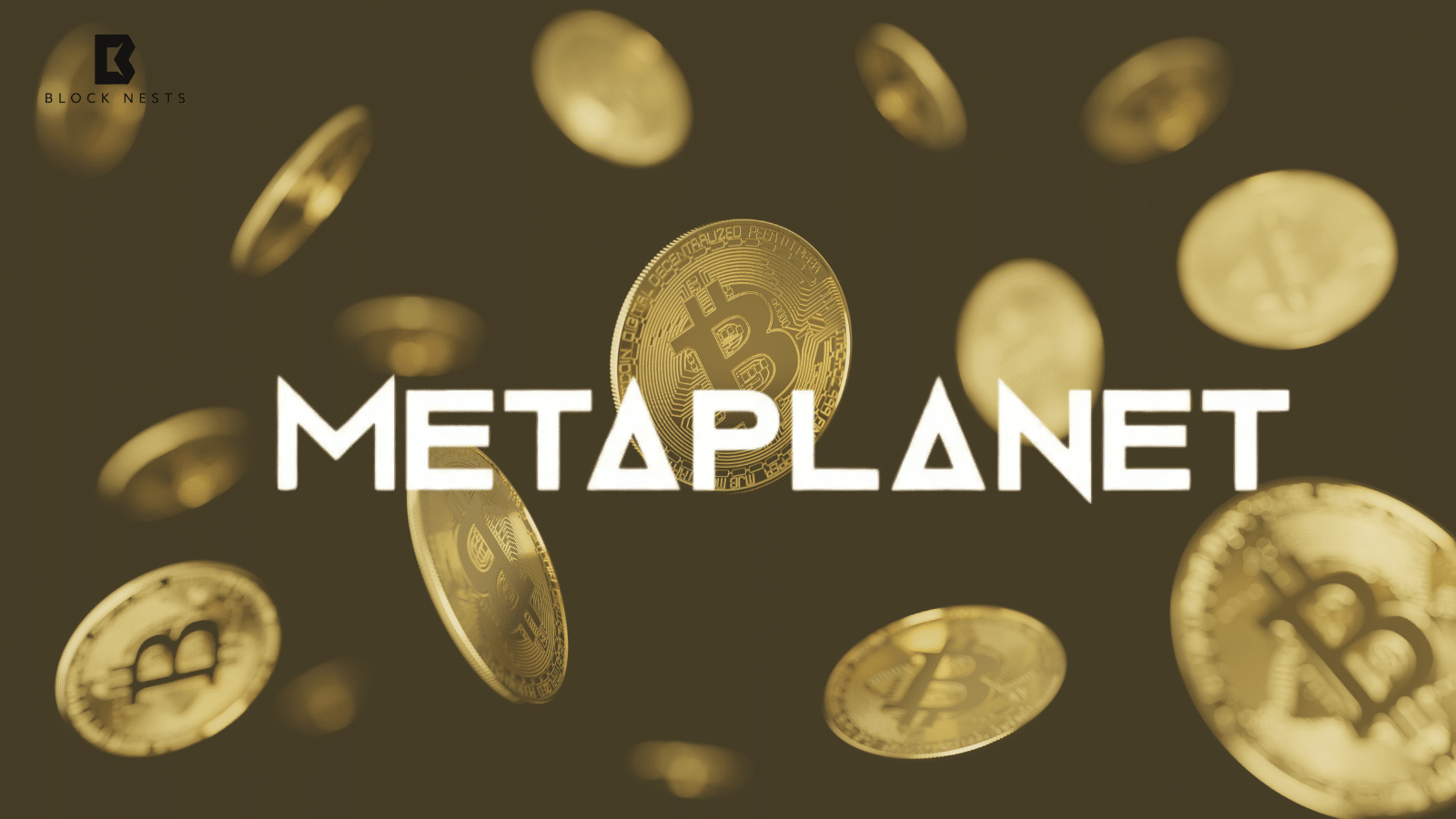- Vitalik Buterin warns that billions in crypto have been lost due to private key mishaps and suggests social recovery as a solution.
- Social recovery involves smart contracts and guardian addresses, reducing reliance on personal trust networks.
- Lost ETH, estimated at up to 1 million coins, has minimal impact on Ethereum’s supply due to its inflationary model.
Ethereum co-founder Vitalik Buterin has once again highlighted technical errors as a major cause of crypto losses. Billions of dollars in digital assets have reportedly become inaccessible due to lost private keys, mistaken transactions, or the physical destruction of wallets.
Buterin has consistently warned about the risks associated with self-custody, emphasizing how users can lose their funds. As a solution, he continues to advocate for social recovery mechanisms, a concept he first introduced during an earlier crypto bull cycle. While some investors have adopted more sophisticated security measures, hardware failures still pose a significant risk, making alternative storage solutions like fireproof safes or specialized materials crucial.
Reminder: there's also plenty of people who have lost huge amounts of crypto to *loss* rather than theft.
— vitalik.eth (@VitalikButerin) February 28, 2025
Software bug, forgotten password, lost device, paper wallet burned down in LA fire, upgraded device without backing up data …. lots of ways for that to happen.
Because…
Buterin Social Recovery Model Reshapes Crypto Security
Buterin’s social recovery model involves multiple layers of protection, ranging from personal security questions to automated smart contract solutions. Previous recovery methods relied on trusted individuals remembering passphrases or answering security questions. However, Buterin envisions a more decentralized and automated approach using smart contracts and guardian addresses, eliminating the need for personal trust networks.
Some projects have already attempted to implement social recovery. Safe Wallet, for example, introduced a recovery system to improve crypto accessibility. However, it also became a target in the attack against Bybit, raising concerns about its security. Buterin has previously pointed to Argent Wallet as an example of a well-implemented social recovery model. Argent, a smart contract-based wallet, allows users to customize security settings, appoint guardians, and configure recovery mechanisms—though it remains vulnerable to smart contract exploits.
Following Buterin’s renewed push for social recovery, the Nani Wallet startup has positioned itself as the first fully social recovery-enabled crypto wallet. It allows users to rely on trusted friends and multiple devices as backup options while maintaining control over their original private keys.
The [ nani account ] is a smart wallet simplifying self-custody with plugins and AI assistance. It comes with scheduling, joint ownership and social recovery.
— NANI ⌘ (@nani__ooo) February 28, 2025
Just add your friends and other devices. Tx-t safely: https://t.co/vk6cQwpMmJ pic.twitter.com/FOlbi2aTkc
Lost Crypto Millions in Bitcoin and Ethereum
While most Bitcoin (BTC) has been a long-standing issue, with an estimated 3.6 million BTC permanently inaccessible, Ethereum faces similar challenges. Some ETH has been trapped in smart contract addresses, rendering it unrecoverable. Additionally, 250,000 ETH remains locked in a wallet belonging to Rain Lõhmus, the founder of Estonia’s LHV Bank.
However, despite claims that as much as 1 million ETH has been lost, the overall impact on Ethereum’s supply is minimal. Unlike Bitcoin, which has a hard cap of 21 million coins, Ethereum operates on an inflationary model, continuously minting new ETH. It means that lost ETH does not significantly affect the total supply or availability of the asset.
Ethereum Community Frustrated Over ETH Price Decline
While Buterin remains focused on technical improvements, some members of the Ethereum community have expressed frustration over ETH’s lackluster market performance. The asset is currently down 50% from its recent peak, showing no strong signs of recovery.
Critics argue that neither Buterin nor the Ethereum Foundation have taken significant steps to support ETH’s price. Historically, their focus has been on network upgrades and philosophical discussions rather than market-oriented strategies. This perceived detachment comes when ETH threatens to break below the $2,000 mark, a key support level with potential repercussions for staking, DeFi protocols, and the broader ecosystem.
Despite the price slump, Ethereum maintains a healthy number of active daily wallets, driven partly by lower gas fees.
Related | Solana ETFs Move Closer to Approval With DTCC Listing
How would you rate your experience?






